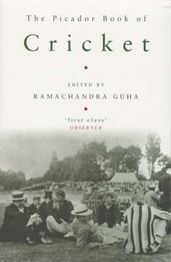Synopsis
'Magisterial' - The Financial Times
An updated edition of Ramachandra Guha's India After Gandhi with new material that explains the major events, policy shifts and controversies of the past decade, placing them in their proper sociological and historical context and setting out the author's justifiable concerns for the decline of democracy in India.
Born against a background of privation and civil war, divided along lines of caste, class, language and religion, independent India emerged, somehow, as a united and democratic country. Ramachandra Guha’s hugely acclaimed book tells the full story – the pain and the struggle, the humiliations and the glories – of the world’s largest and least likely democracy.
While India is sometimes the most exasperating country in the world, it is also the most interesting. Ramachandra Guha writes compellingly of the myriad protests and conflicts that have peppered the history of free India. Moving between history and biography, the story of modern India is peopled with extraordinary characters. Guha gives fresh insights into the lives and public careers of those long-serving Prime Ministers, Jawaharlal Nehru and Indira Gandhi. But the book also writes with feeling and sensitivity about lesser-known (though not necessarily less important) Indians – peasants, tribals, women, workers and musicians.
Massively researched and elegantly written, India After Gandhi is a remarkable account of India’s rebirth, and a work already hailed as a masterpiece of single-volume history. This third edition brings the story fully up to date.
Details
Reviews
Finally, here is a history of democratic India that is every bit as sweeping as the country itself. A magisterial work
Guha has given democratic India the rich, well-paced history it deserves
An insightful, spirited and elegantly crafted account of India since 1947.
India after Gandhi is a magnificently told history of the world's largest democracy. It is a riveting story with unforgettable characters and towering challenges, immense greatness and extraordinary venality, soaring hopes and profound disappointment.

